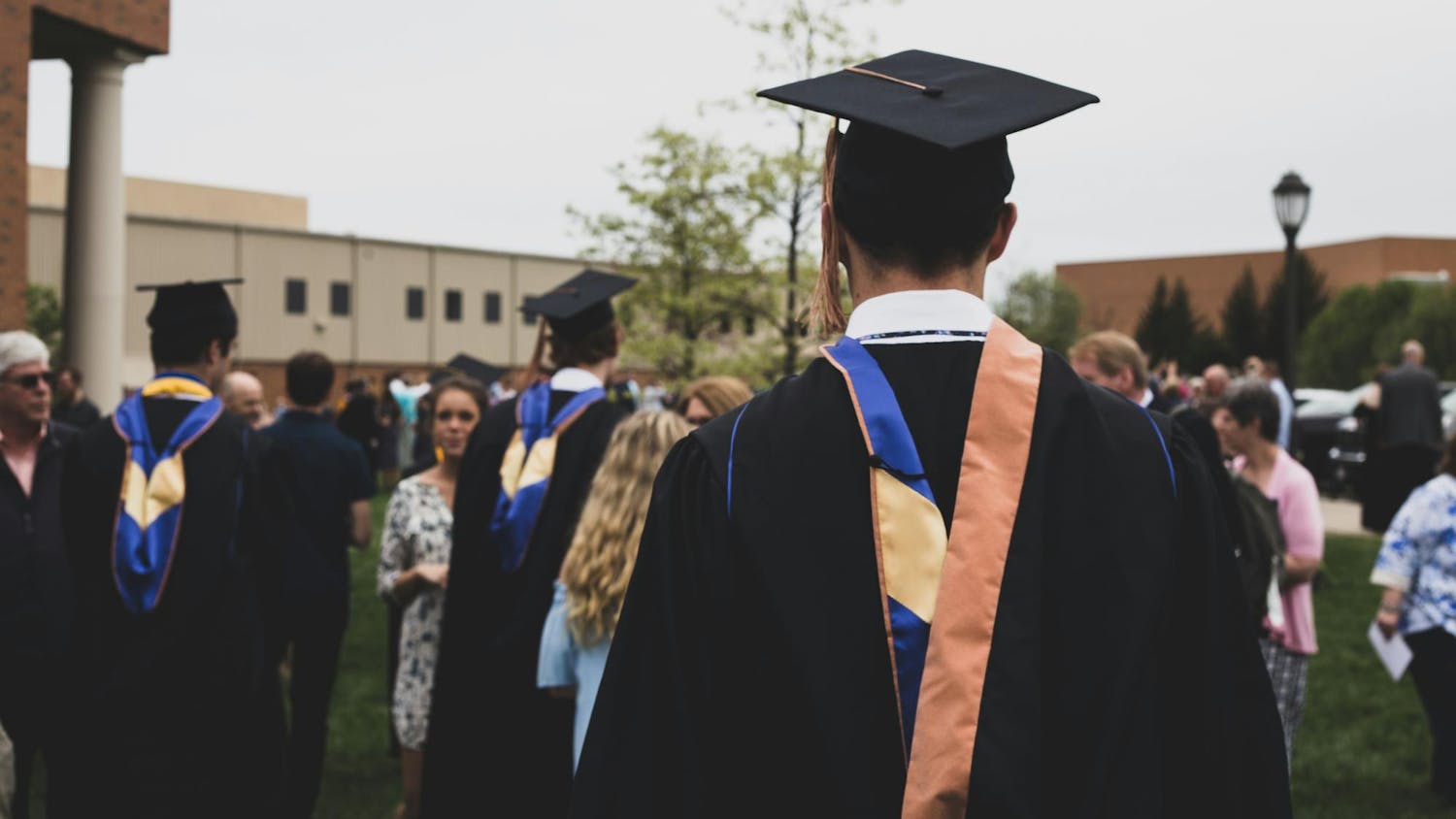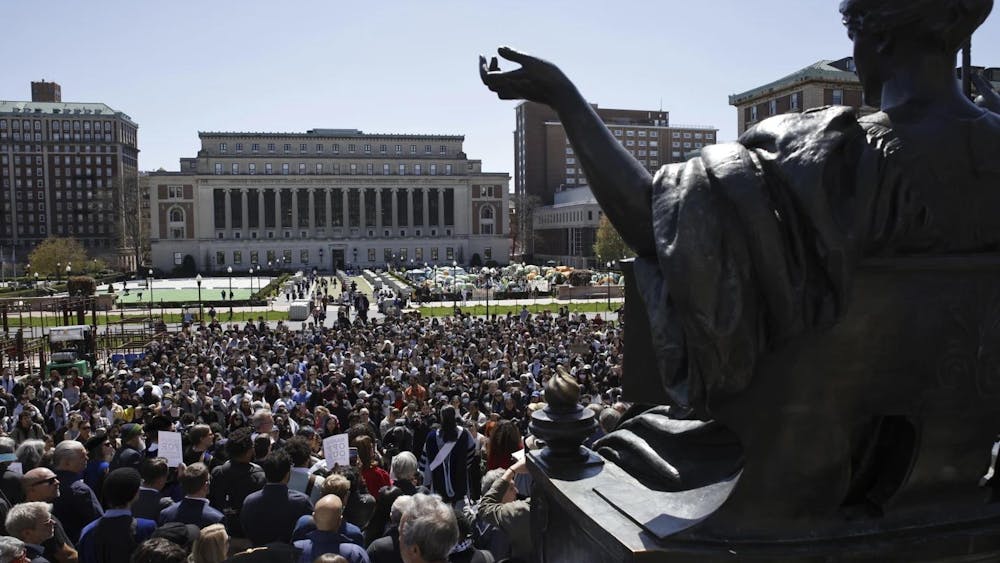Marc Belanger, associate professor of political science at Saint Mary’s, lectured on the religious, linguistic and ethnic diversity in India on Monday at the Cushwa-Leighton Library.“For everything you can say is true about India, you can say the opposite,” Belanger said. “It ought to impress us. We don’t appreciate how democracy has survived there.”
Belanger based his lecture, titled “Encountering Mumbai,” on his two-week trip sponsored by the Council on International Educational Exchange (CIEE). CIEE sponsors undergraduates’ trips abroad and hosts approximately 20 international faculty development seminars in the summer from Shanghai to Mexico City, Belanger said.
Belanger said he attended a seminar titled “Twenty-first century mega cities and villages” in Mumbai. Belanger said democracy faces unique issues in India because of the country’s complex cultural and economic make-up and its role as an influential world power.
“India presents a challenge in terms of its size, its importance in the world, its inequalities, its wealth and its poverty,” Belanger said. “But it’s also complex in terms of the number of cultures and languages.”
As of last week, Indian Parliament demarcated Telangana as a new state, and since states in India are usually created around linguistic groups, there are 22 official languages recognized across India’s 29 states, Belanger said.
“Just to be clear, we’re using the word language, not dialects, because these are not variations on Hindi,” Belanger said. “They are languages as different from Hindi as European languages are.”
For example, Mumbai lies in the state of Maharashtra, and the dominant language spoken there is Marathi. Language affects a region’s identity, Belanger said.
“While Mumbai paints a picture of Hindu nationalism, it’s sort of a Marathi nationalism,” Belanger said.
Belanger compared the urban landscapes of India to the United States. Mumbai and New York are similar in their unusualness, Belanger said.
“Mumbai is not typical of India,” Belanger said. “If you only came to New York, you would experience a very American city, but also a very unique city. It is typical and not typical of the United States. You could say the same thing about Mumbai.”
Mumbai, the fifth most populated city in the world, is home to approximately 20 million people. This density results in an eclectic variety of lifestyles, Belanger said, with both squatter communities and gated communities.
Belanger said when he visited Dharavi, the neighborhood featured in “Slumdog Millionaire,” he was surprised at the bustling activity of the locals, Belanger said. The recyclers there also took apart computers in order to melt down the metal and plastic parts.
“Everyone was working really hard — to recycle,” Belanger said. “You’d see bag after bag of plastic bottles, you’d see bag after bag of tops of plastic bottles, bags and bags of other kinds of individual pieces of plastic.”
Urban areas are often segmented, and people of different socioeconomic classes tend to live in separate worlds, but that is not the case for Mumbai, Belanger said.
“You talk about zones in Mexico City or Guatemala City in terms of safety,” Belanger said. “Well, in Mumbai it’s all jumbled together. A real estate agent told us, ‘when you buy a luxury apartment, even if you’re the highest paid star in the world, you’re still going to be overlooking slums.’ You’ve got 15 million people living in a space smaller than New York City.”
.













